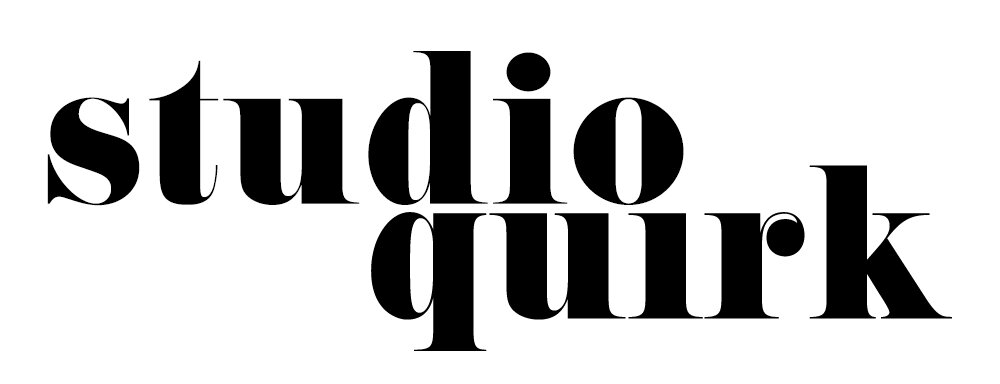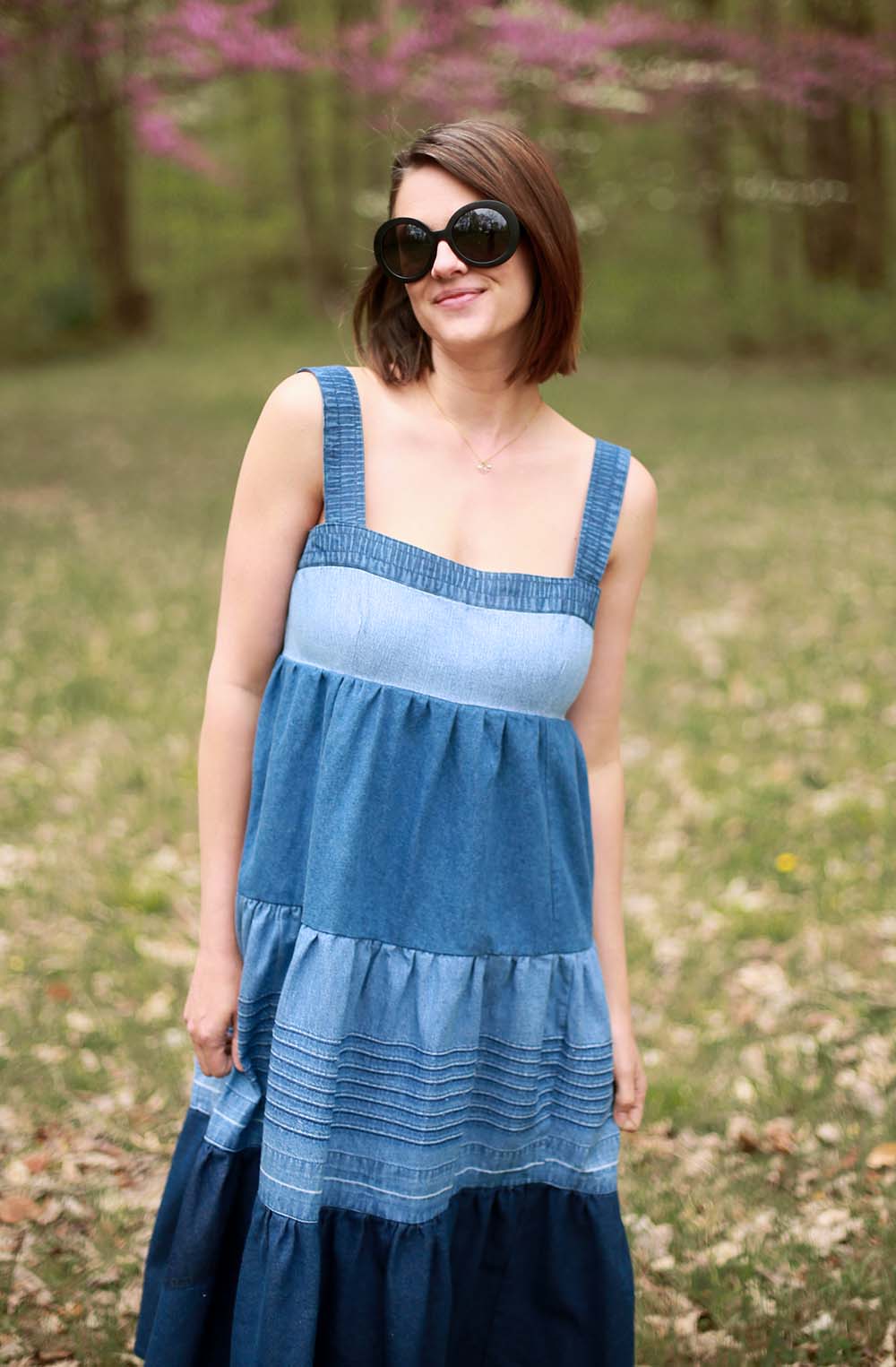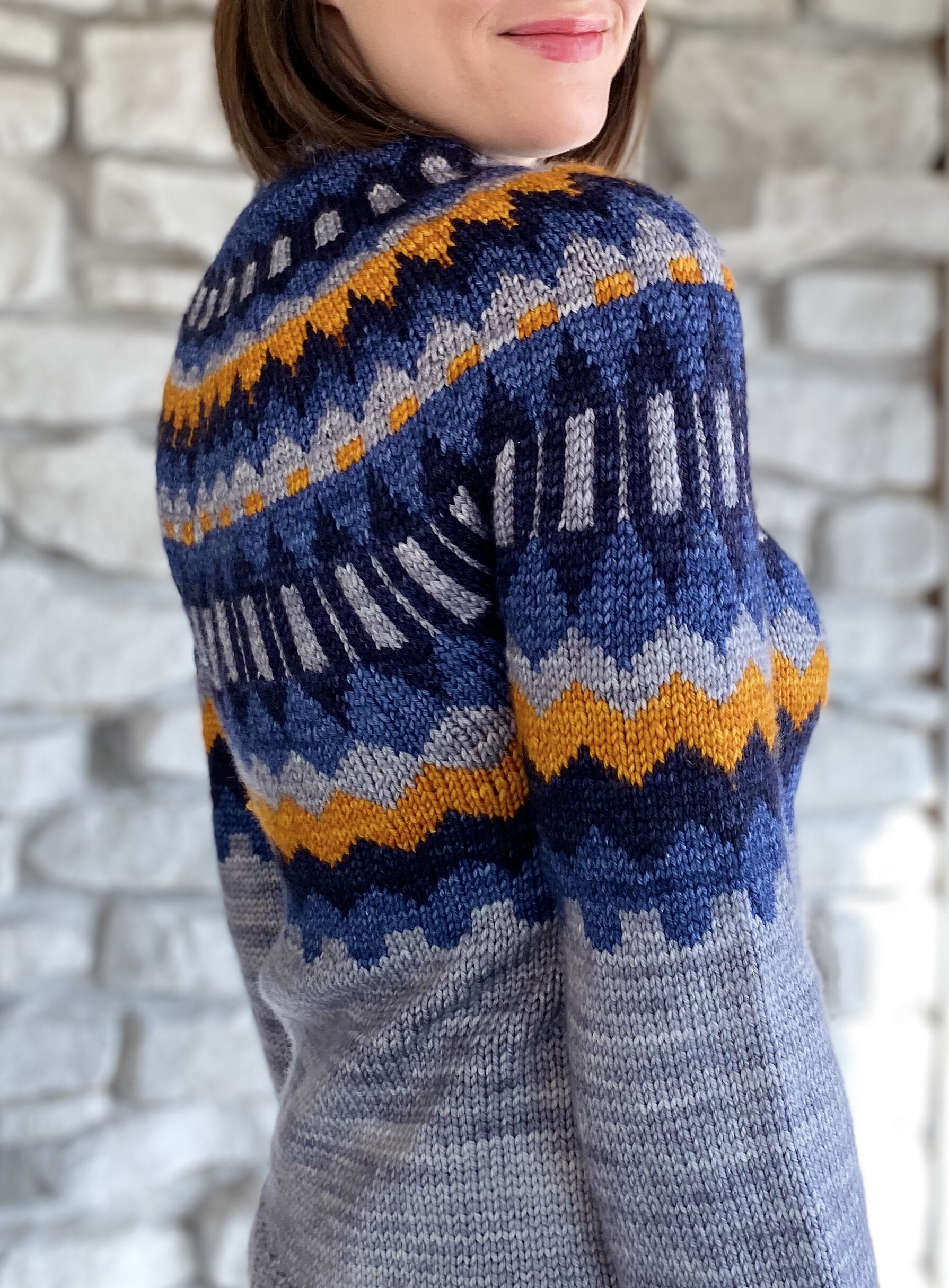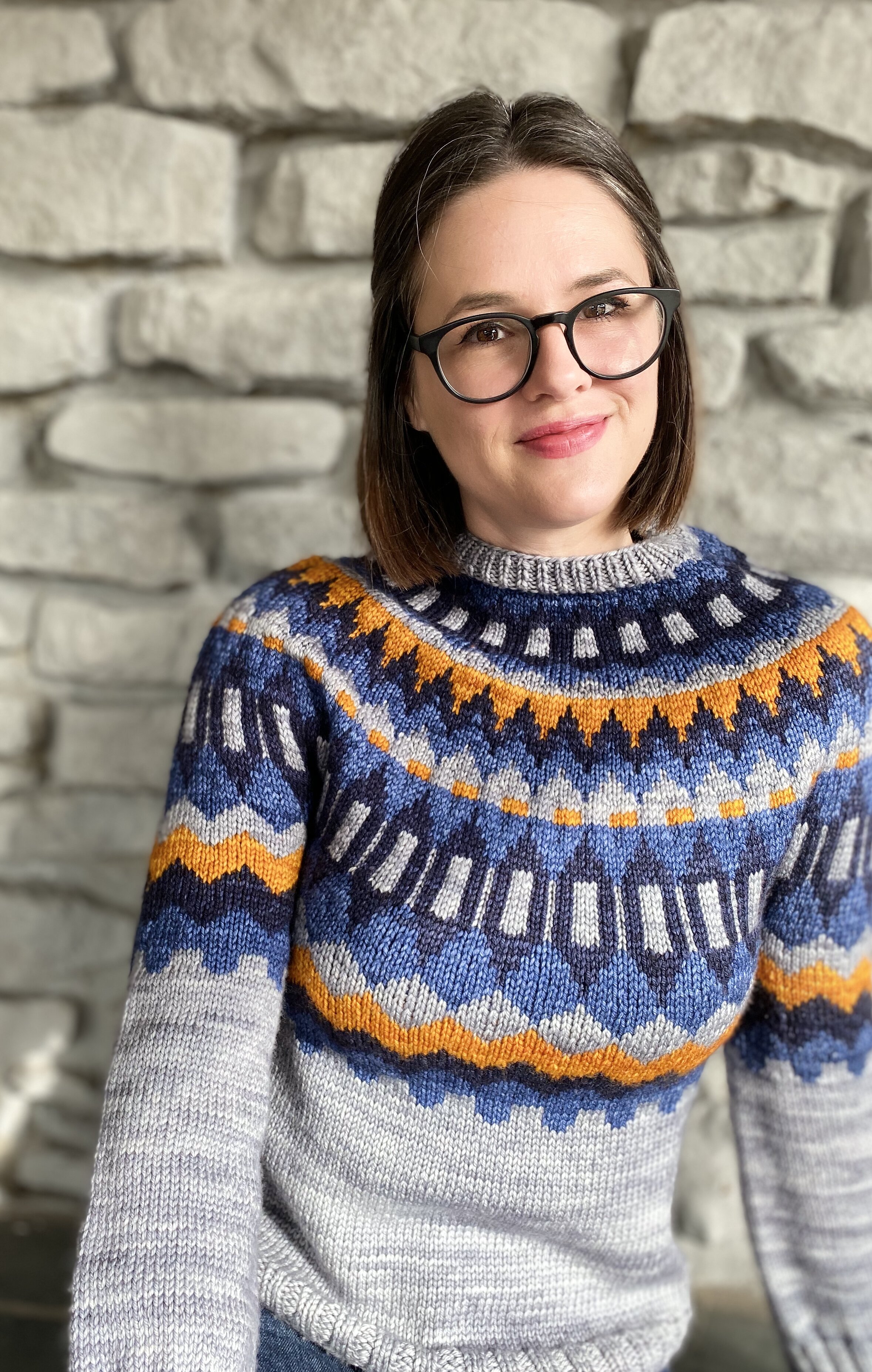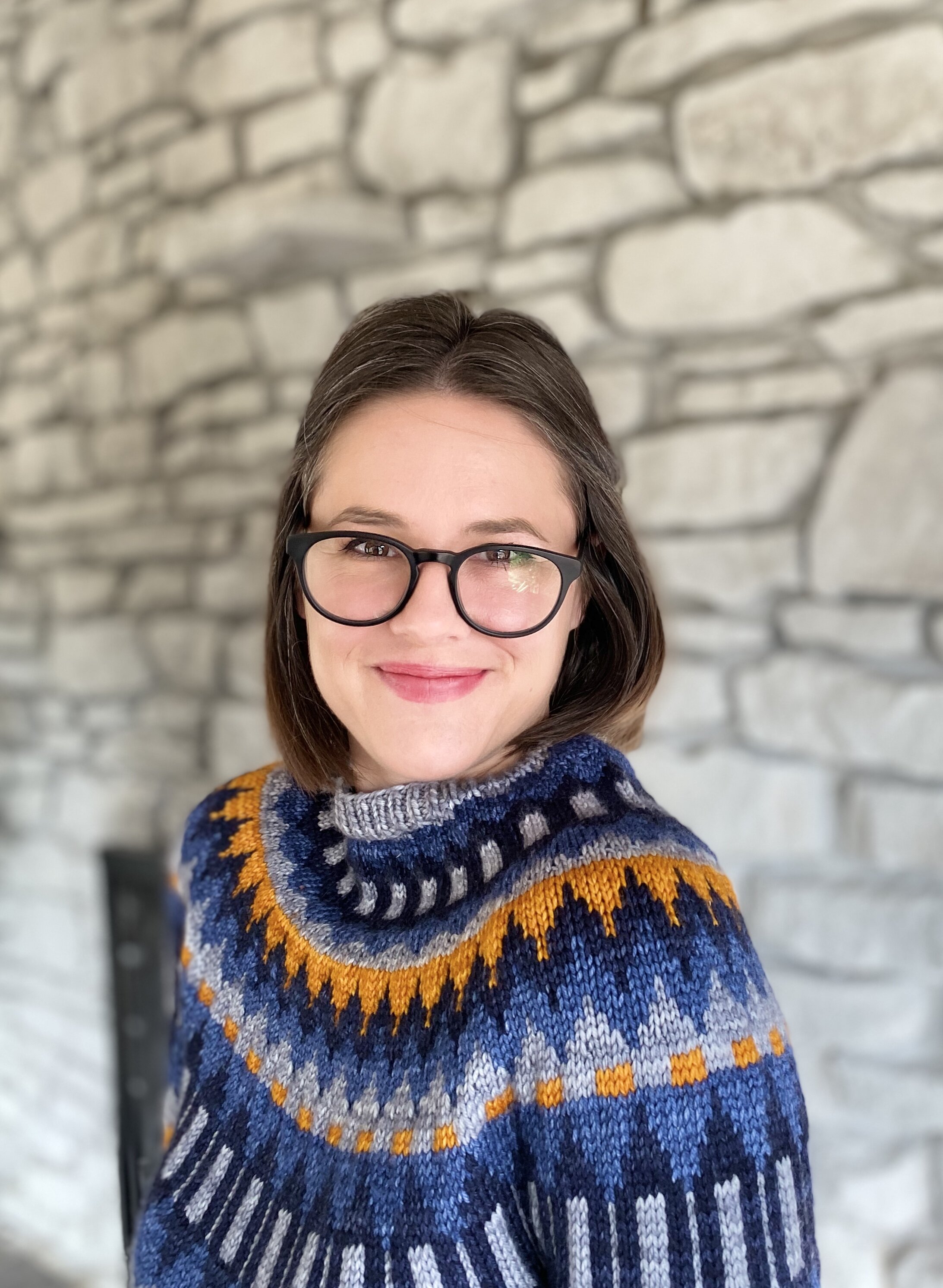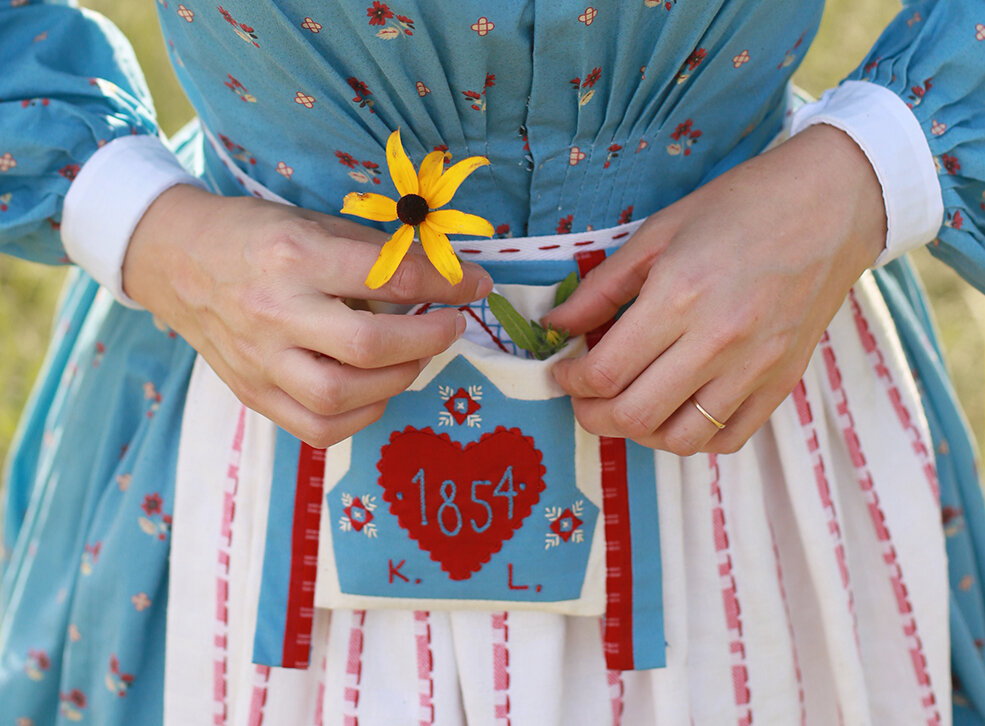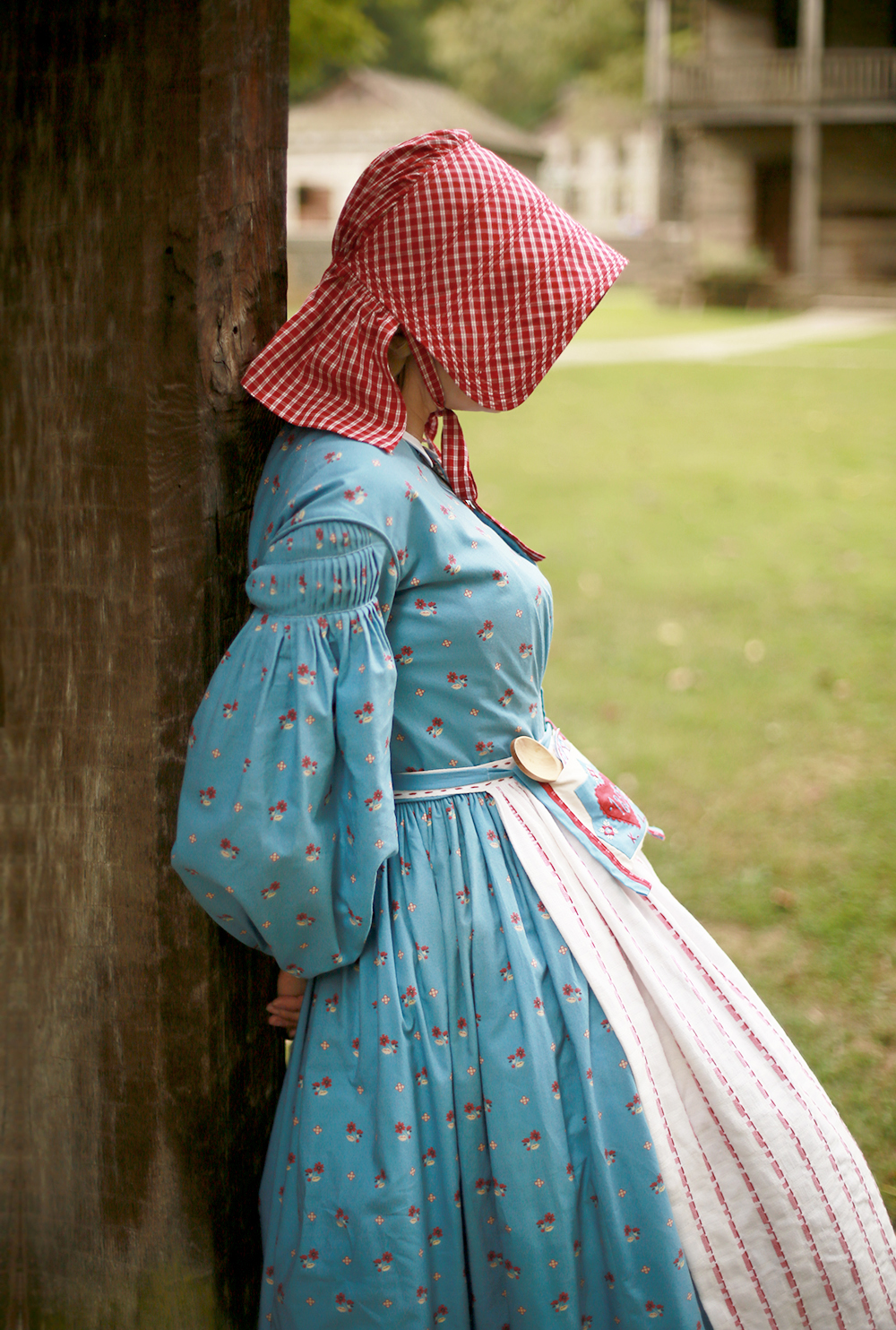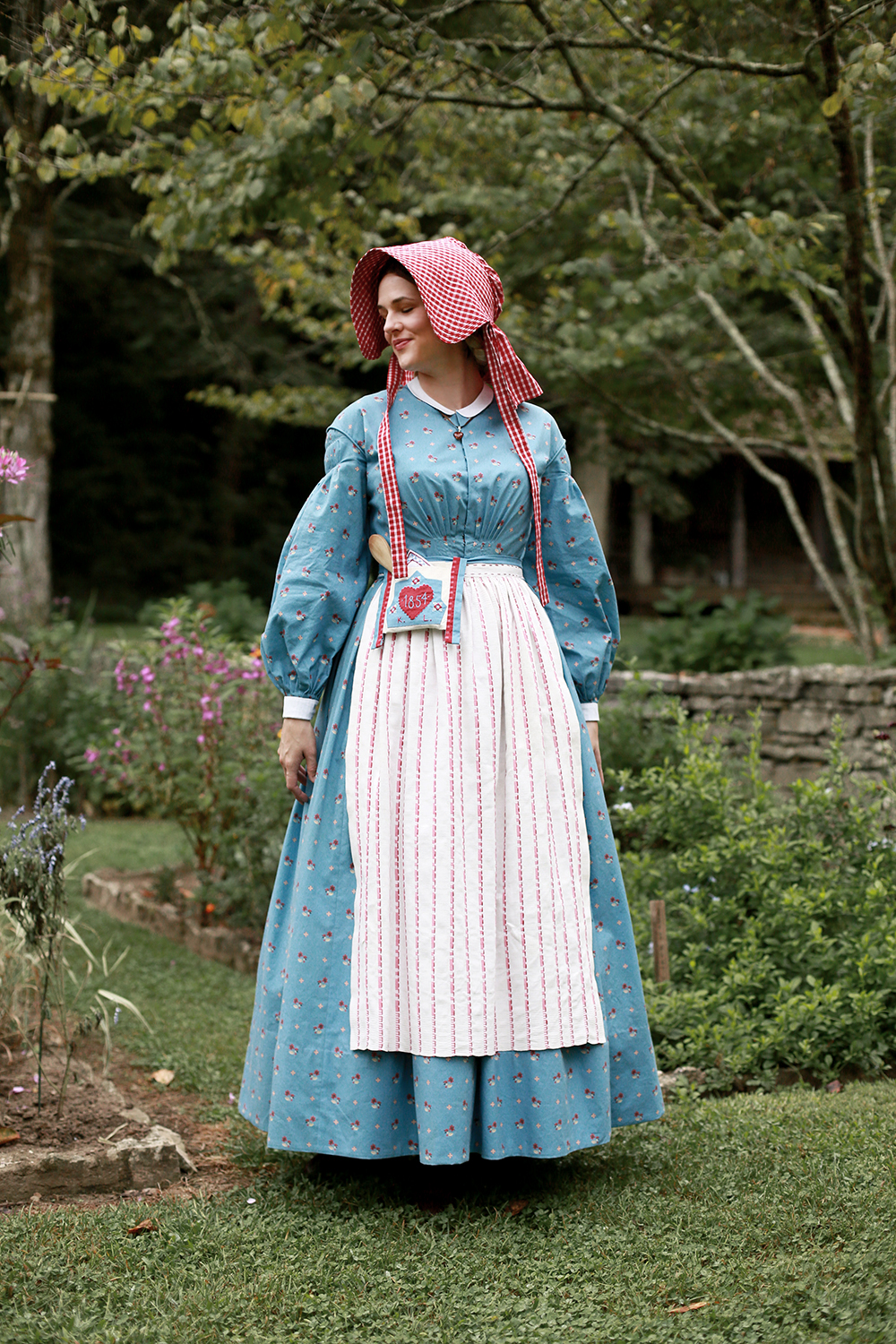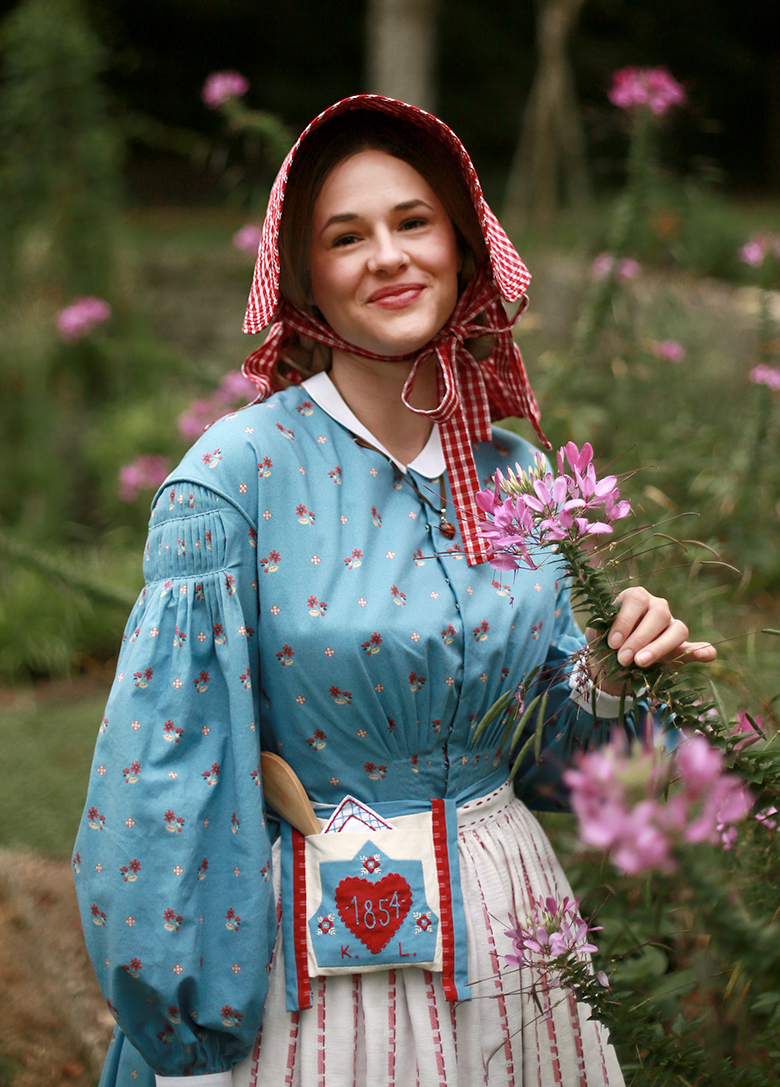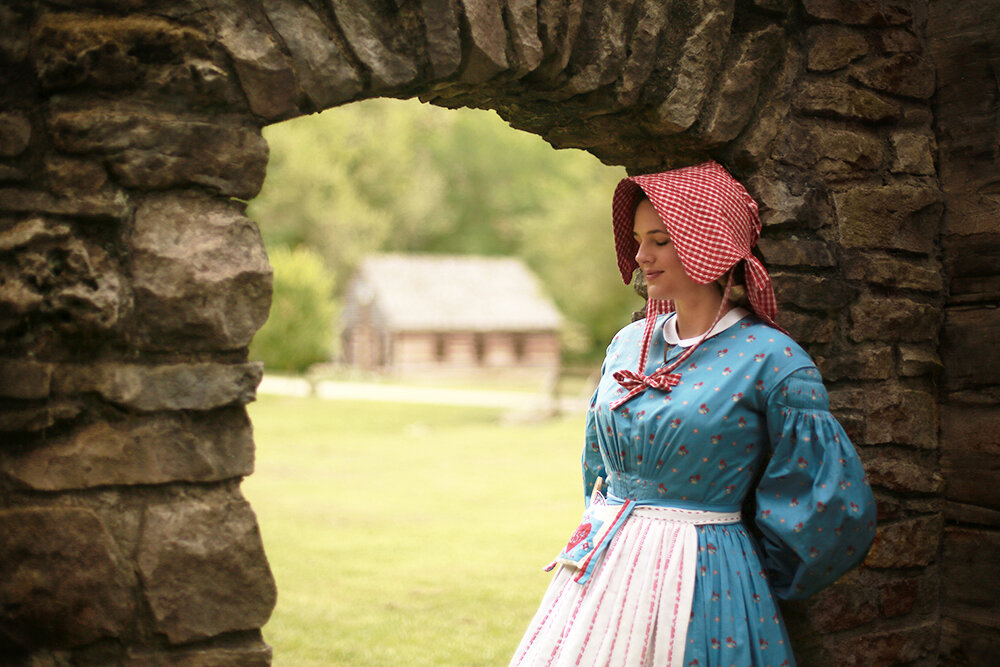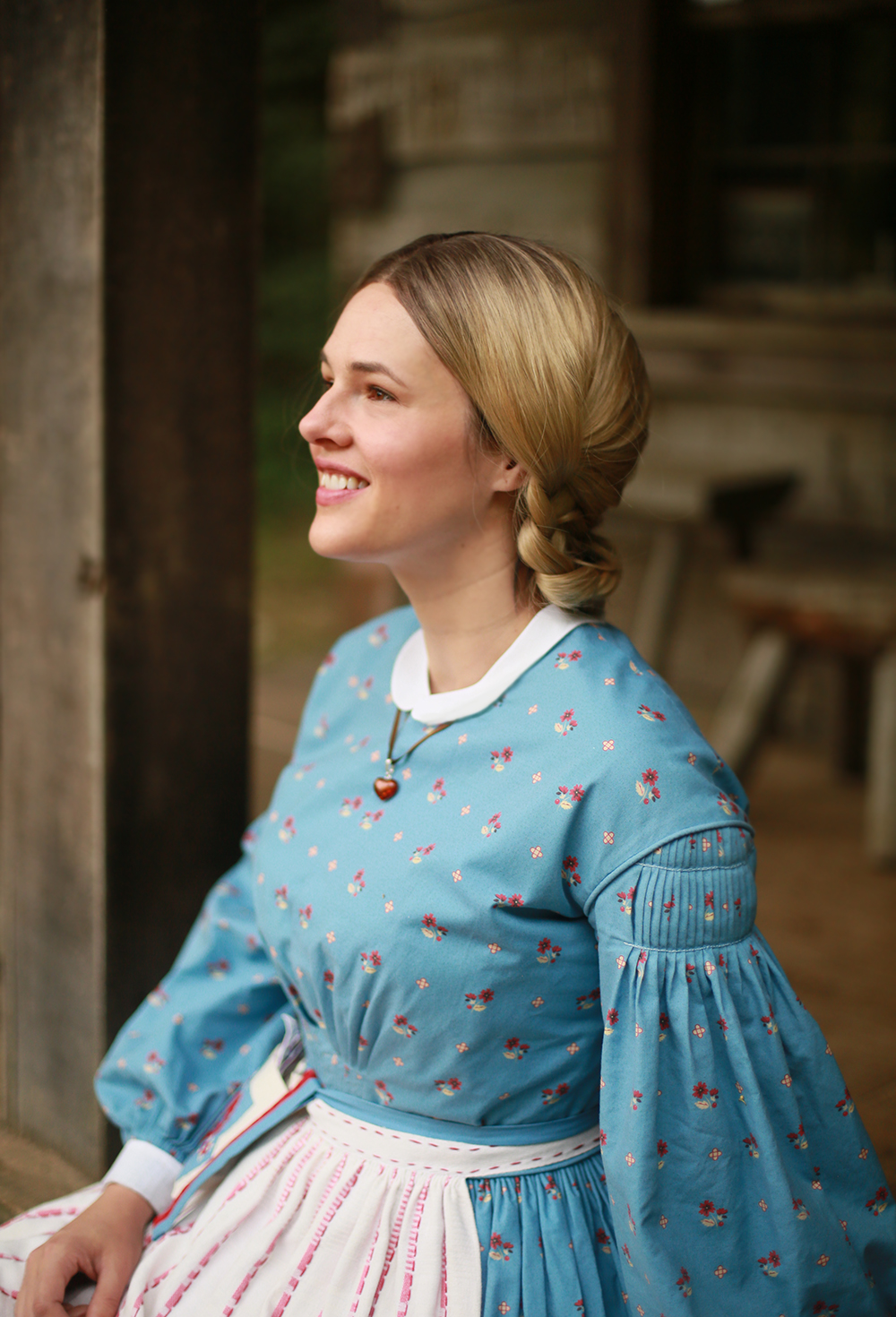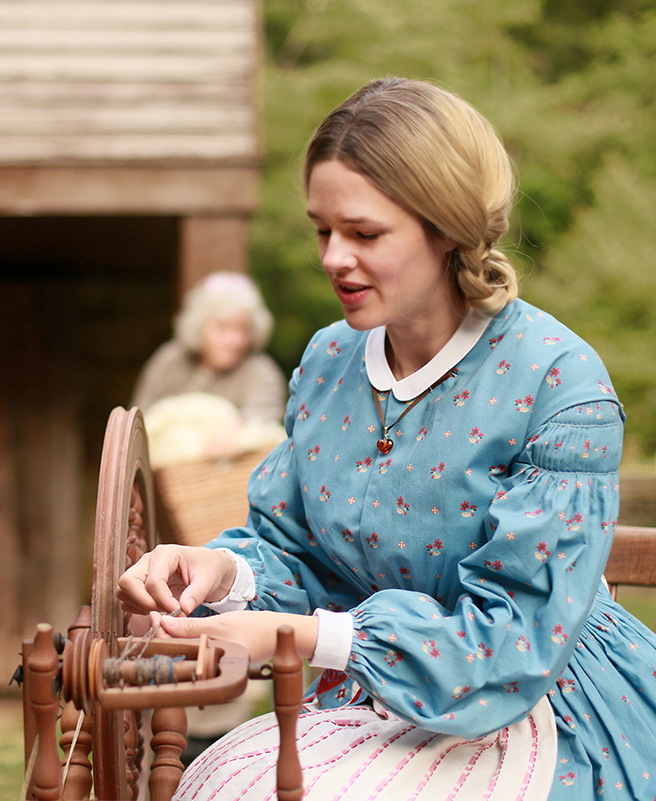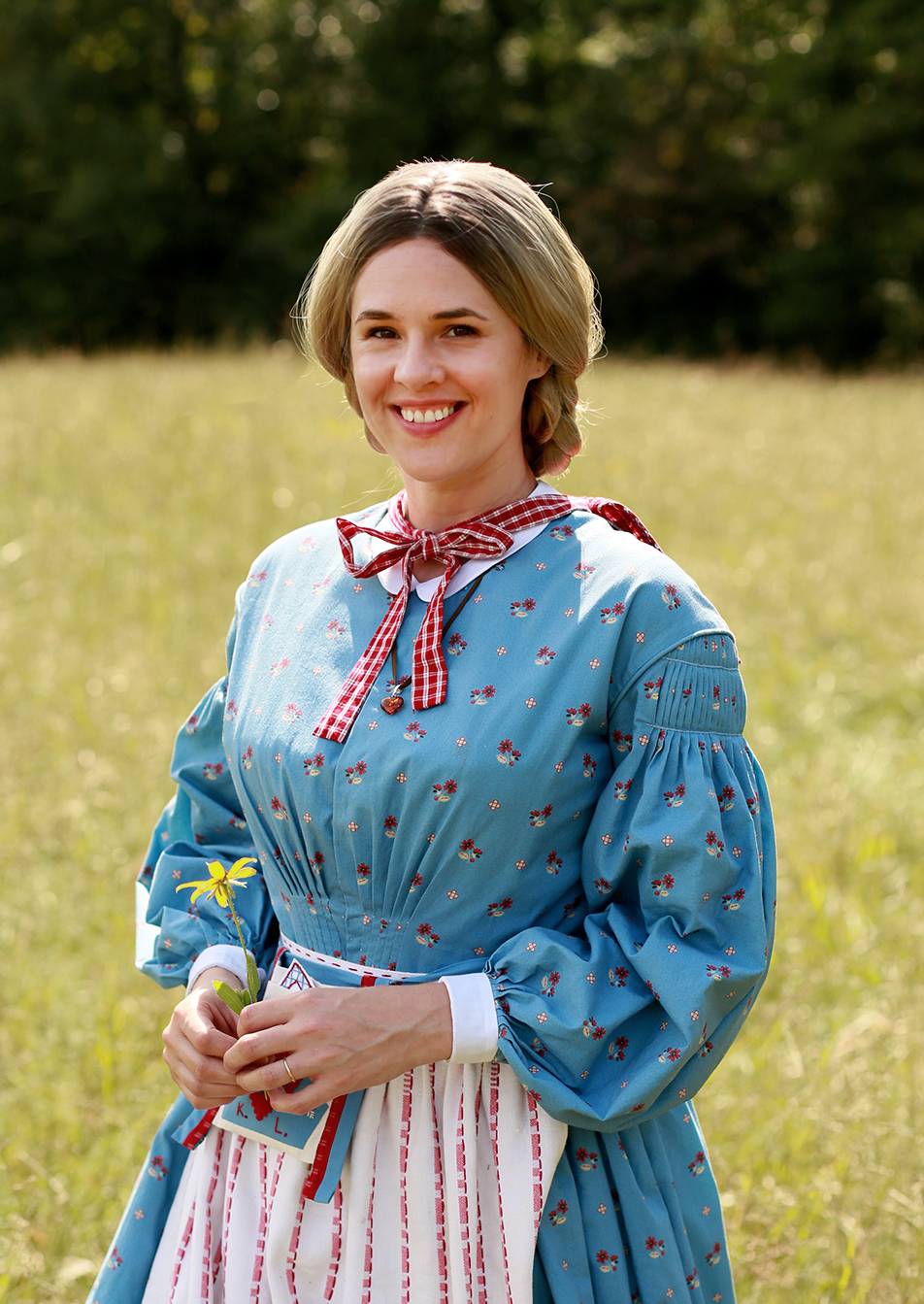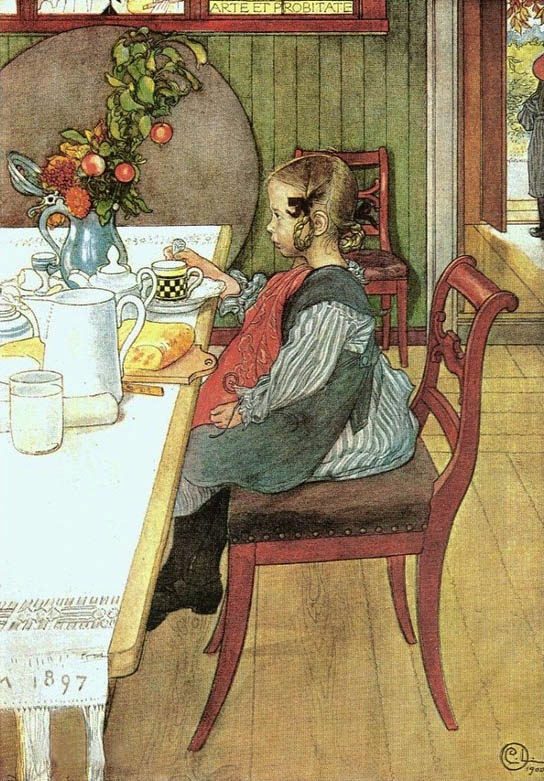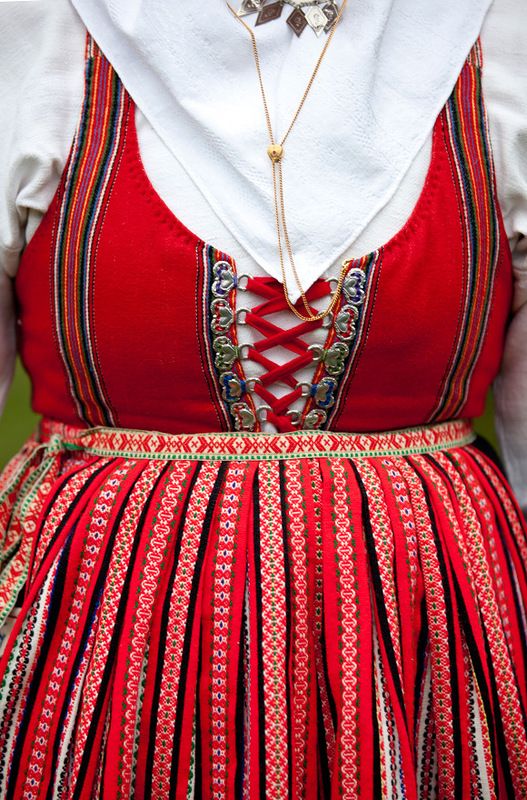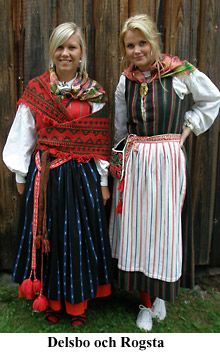Knitting | Ninilchik Sweater
/It’s the time of year I love nothing more than sitting by the fireplace with a hot chocolate and a knitting project in my lap. I’m a relatively new knitter, at least compared to sewing, and when I’m into it I find myself knitting up to eight hours a day. Yes that sounds crazy but it’s such a portable hobby and I can generally do an hour in the morning and evening, sometimes more. Time flies when you’re knitting!!
Let me tell you a little about this sweater! The pattern is called the Ninilchik Swoncho from Boyland Knitworks but as you can tell, it’s modified into a basic sweater. I followed the colorwork charts A-D but then ceased increases and adapted the charts into 8 stitch repeats so the pattern would continue to line up. After finishing chart D is also when I put the sleeves onto holders (60 stitches on each side) so I could continue with the body.
On each sleeve I needed to pick up 4 more stitches at the under arm to give me a multiple of 8. This helped close up the gap a bit too, even though I went back to really secure it when I wove in my ends.
I used Malabrigo Rìos yarn in Gris (3), Sunset (1), Blue Jean (2) and Paris Night (1). I changed the pattern color work in a couple places using my lighter blue instead of yellow which took me just over a skein in that colorway. I had the Paris Night in my stash but bought the rest at the Clay Purl in Nashville, IN. Support your local yarn store! Although my sweater wanted to pucker a little when I increased, this yarn blocked out gorgeously and is a real treat to knit! It took me less than two weeks do to this one because it was just so dang addictive! I LOVE color work!
Next up - I’m putting the finishing touches on my Changes for Kirsten historical look! It’s coming along beautifully and I had so much fun doing the knitting for it! In the meantime, I’m JessicaQuirk on Ravelry if you’d like to see some of my older knitting work!
